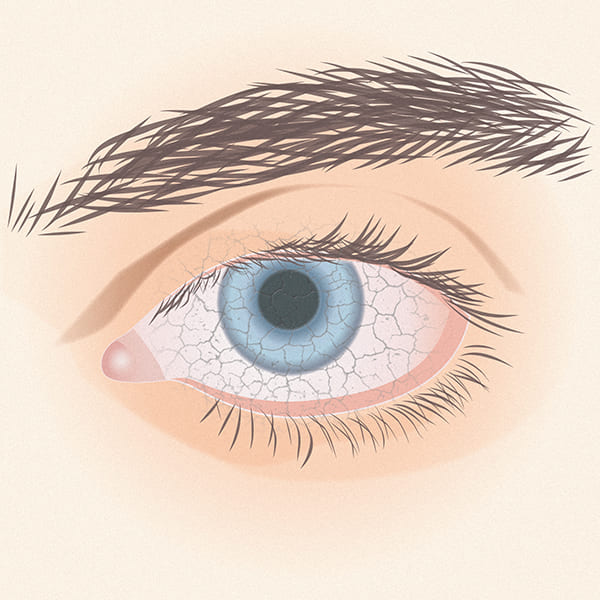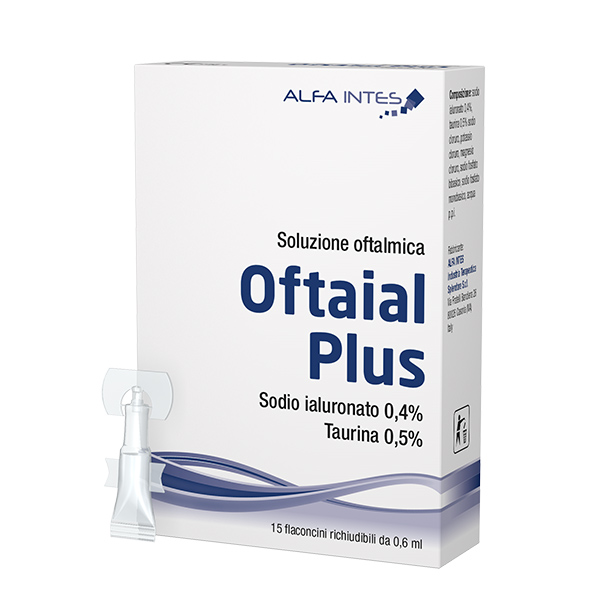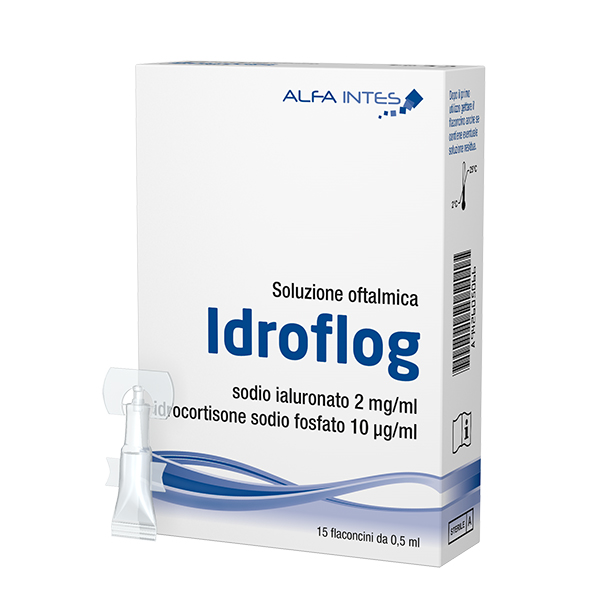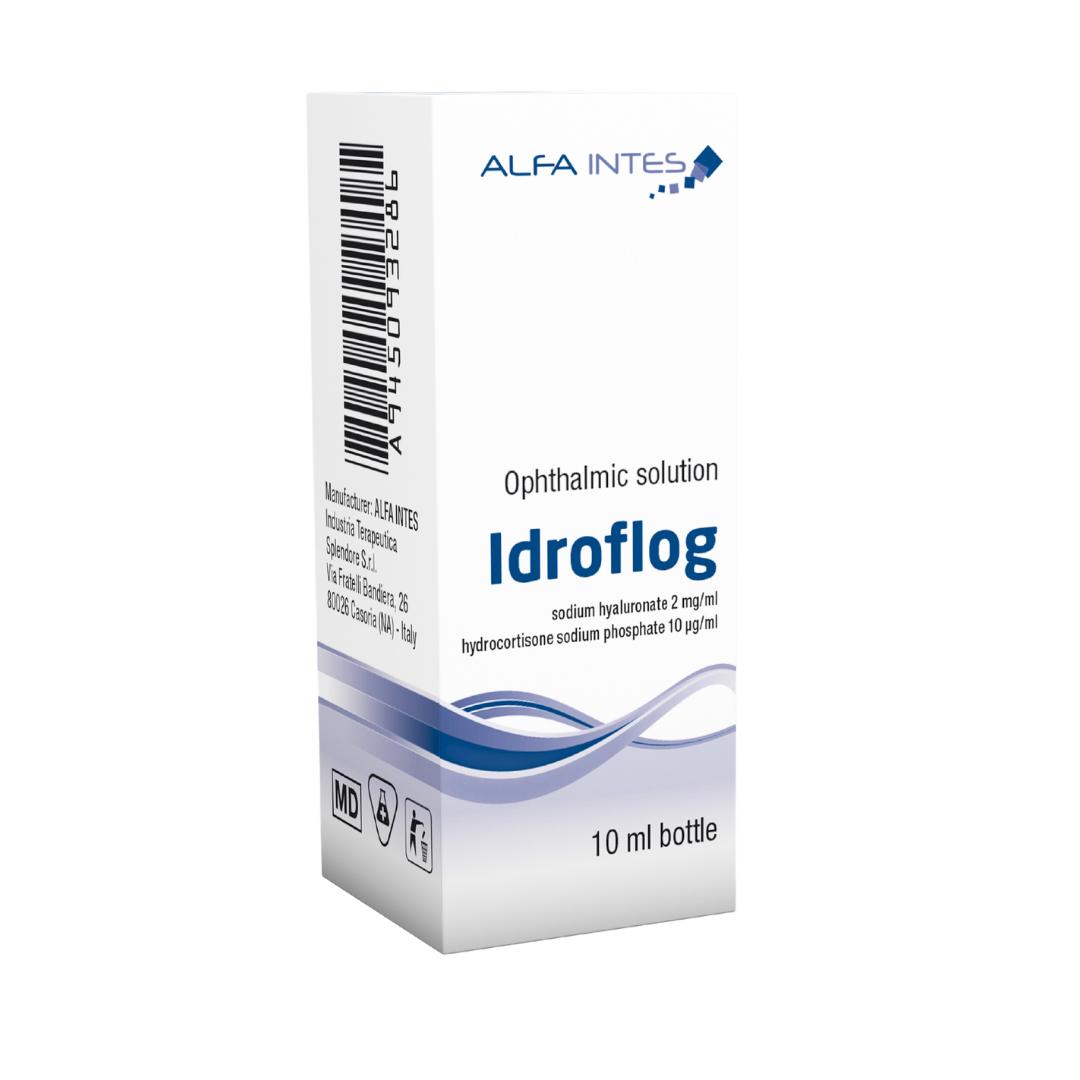Diagnosis
Dry eye is diagnosed through an eye examination, during which the doctor will perform all the necessary tests to assess the situation and establish the best treatment.
The tear film is usually studied by the specialist by means of a quantitative analysis of the tear produced (Schirmer test) and a qualitative analysis (tear film break-up test - BUT).
Distress of the cornea and conjunctiva can be detected with specific dyes commonly used by ophthalmologists (Fluorescein and Lissamine Green).
Treatment
Treatment for dry eye syndrome involves different therapies depending on the cause and type of disorder.
Generally, treatment involves the use of eye drops or lubricating gels with a composition similar to tears (known as “artificial tears”) to help the eye stay moist and clean. Self-prescription of these products is discouraged, and a specialist examination by an ophthalmologist is recommended for a correct diagnosis of the condition and for the most appropriate treatment.
In some cases, protective contact lenses may be prescribed to protect the eye from rubbing against the eyelid. In special cases, the specialist may instead suggest surgery.




